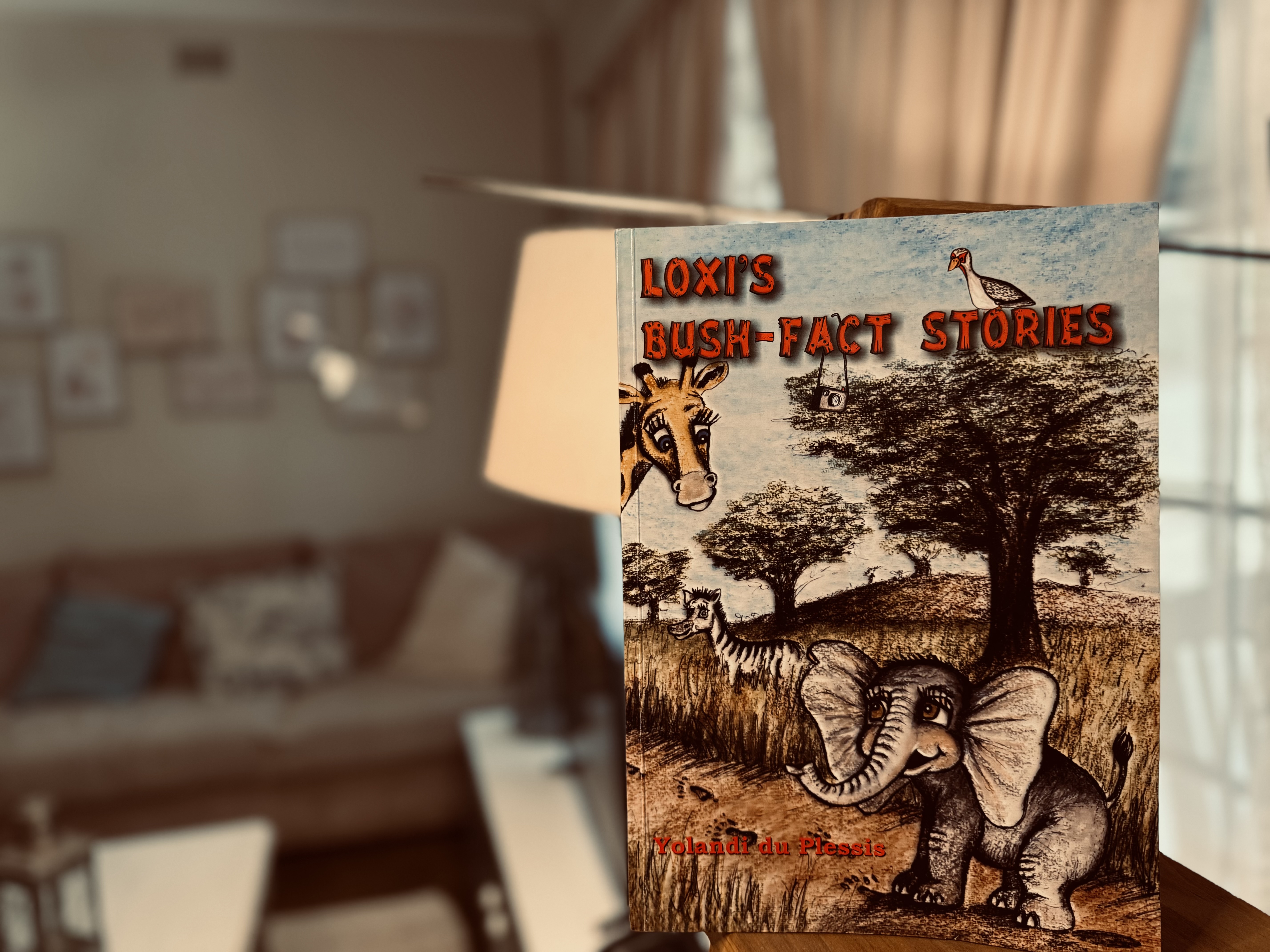Loxi’s bush-fact stories is a children’s book which combines facts and fiction with a specific objective: children should be able to understand the information given in the story easily and to apply this information correctly in everyday life. The fact that the animal characters assume human qualities allows children to identify easily with the characters. These characters present information in such humorous and creative ways that children enjoy learning the information, whether it be fictional or factual. The learning process thus happens largely unconsciously. The book interweaves information about nature with educational learning material for a wide range of target readers. Elements of the prescribed work for foundation phase learners were incorporated to cover selected prescribed learning areas, so that the book not only offers reading enjoyment, but can also serve as a teaching tool.
Nature Conservation
The aim of the book is to
- instil an appreciation for nature in children;
- cultivate environmental awareness in children;
- motivate lifelong learning in order to build and sustain a healthy society;
- stress the necessity of nature conservation so that young children can understand and apply this concept themselves;
- make children aware of the various taxonomic orders (scientific classifications) in the animal kingdom;
- convey factual information to children in a creative way so that it is easy to understand and apply; and
- widen children’s knowledge of plants, birds, mammals, animal behaviour, rock formations and other natural phenomena.
Educational value
The teaching document (issued by the Department of Education) stipulates a range of criteria (assessment standards) that learners have to meet. These criteria are woven into the book, enabling teachers to assess learners informally. This provides teachers with opportunities to explain certain concepts to learners. Various concepts are explained by means of examples and within context, for example:
- Mathematics: Measurement – how does one determine the circumference of something? The main character, a little elephant, explains to his francolin friend how to determine the elephant’s shoulder height by using the circumference of his footprint.
- Language: Spelling – Some taxonomic orders in the animal kingdom and scientific names are simplified, repeated and explained, for example, the game ranger (an animal character in the book) uses his cell phone to send text messages, tapping out difficult names letter by letter and explaining their meaning to the little elephant.
- Technology: Technological instruments which children today are already familiar with, such as cell phones and cameras, are used in the story. Technology is thus used to convey new information to learners in a simple way. Children can easily identify with the use of such instruments and more difficult information is therefore simplified without detracting from the factual content, for example, the little elephant photographs various animals that he sees and places that he visits. As a result, learners can come to know even more from the real photographs in the photo album at the back of the book.
Can be used in one of the following ways:
- A book for reading out loud (ages 4 - 8 years)
- A book for self-reading (ages 9 -12 + years)
- An assessment tool for teachers/parents.



- ISBN: 978-0-620-45343-1
- Format: Paperback
- Retail price: R 200.00 (excluding postage)
- Edition First edition, first print
- Pages: 92 pages
- Publisher: Yolandi du Plessis
- Editor: Idette Noomé
- Translator: Tertia Elsenbroek
- Printers: STN–Printers Pretoria
- Illustrations: Gerrit Joubert
- Photo’s: Kim Wolhuter
- Readership: 4 – 12 years +